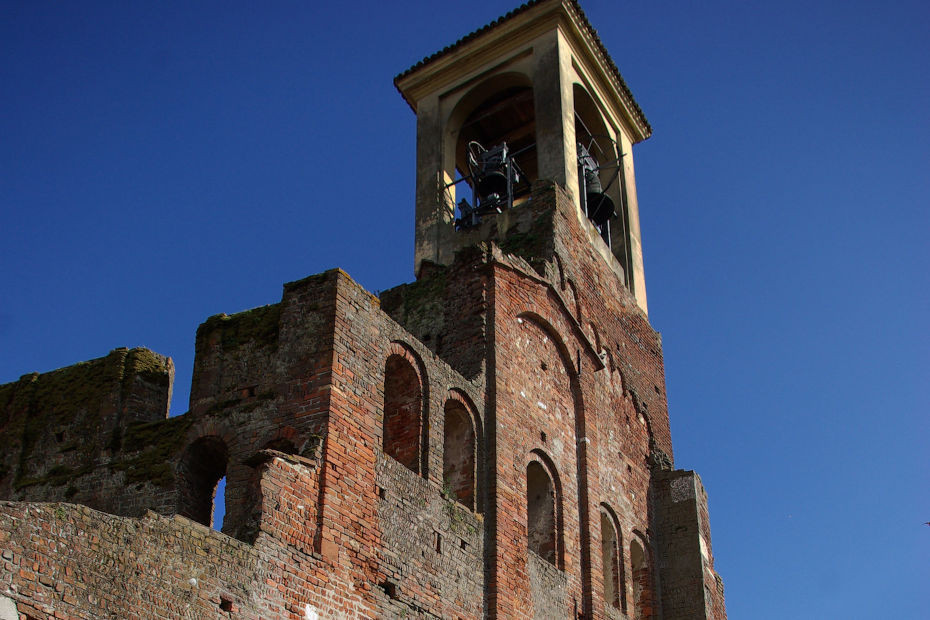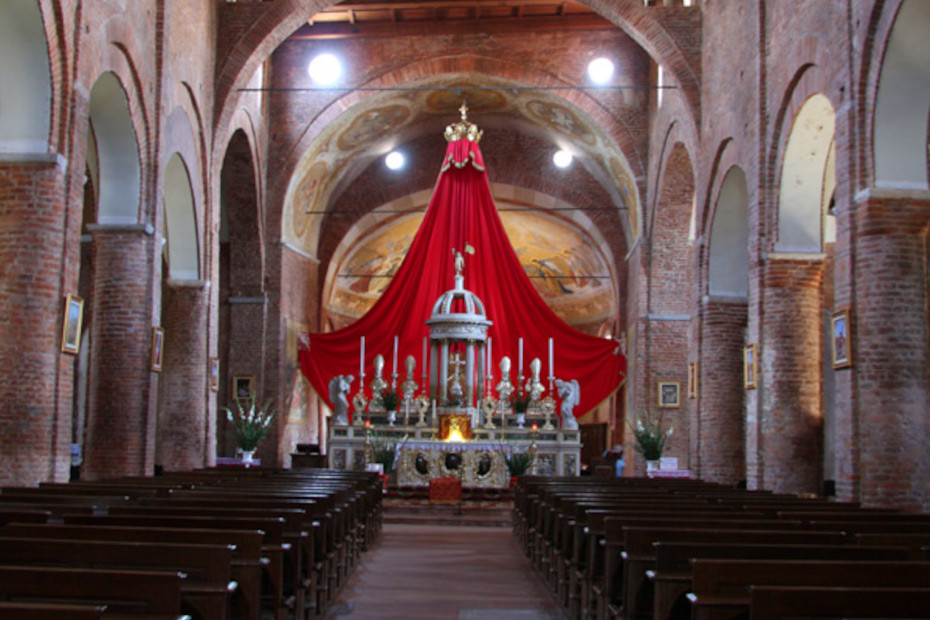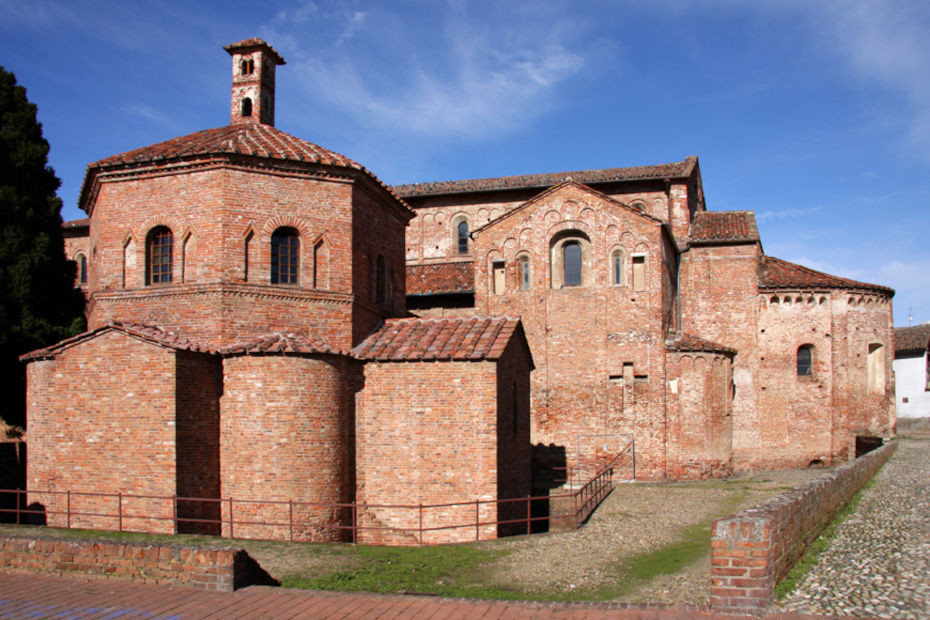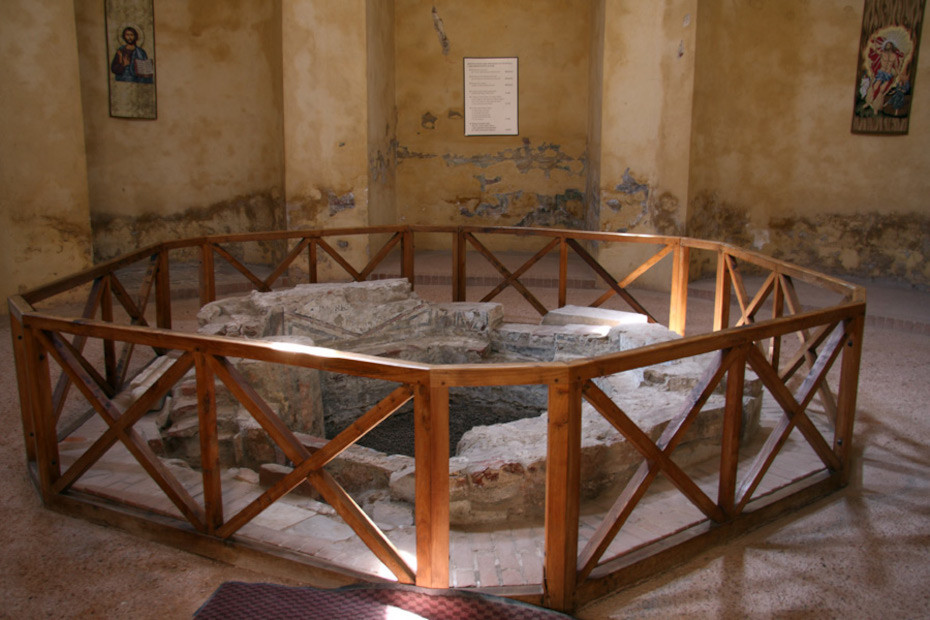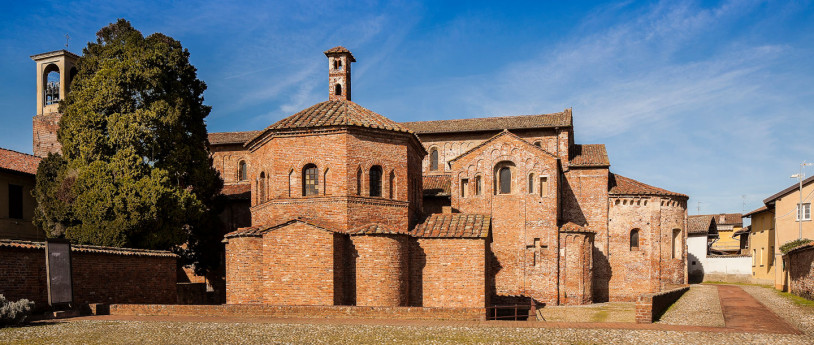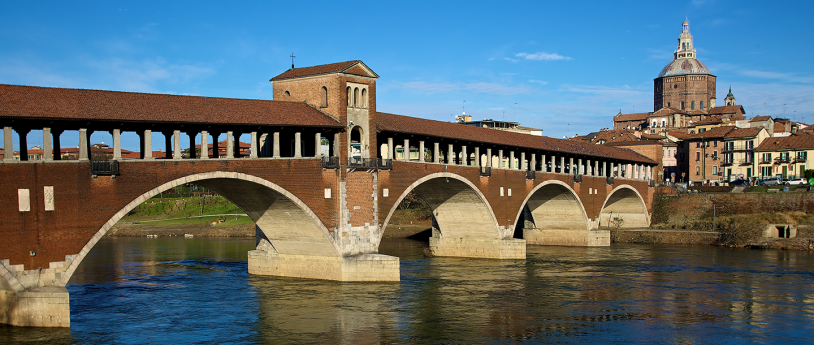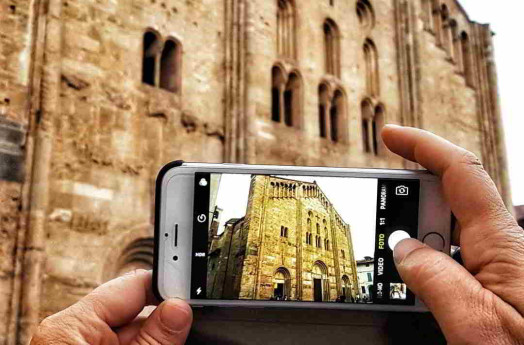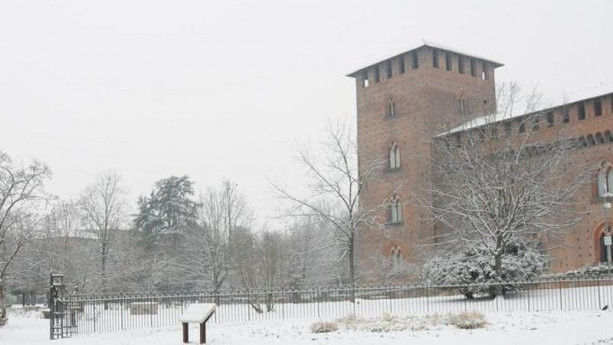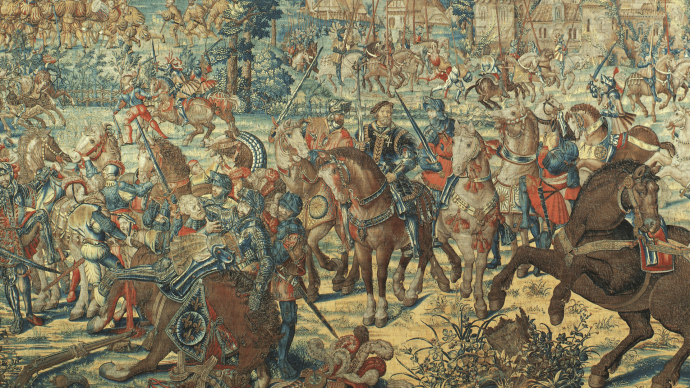- Art & Culture
- Villages
- Religious Tourism
Lomello and its Christian buildings
Village of strategical importance since ancient times, here you can discover the great Romanesque Lombard architecture
Lomello was founded in ancient times by the Levis, probably a Ligurian tribe: the name derives from Laevum mehl, “fortified place of the Levis”, and in the Roman age it became Laumellum.
The Romans, great road builders, created routes which crossed Lomellina in direction Transalpine Gaul: Lomello became a mansio, a place of rest, refreshment and change of horses for travelers. The city was then fortified in late Roman age, to face the invasion of the Visigoths.
Centuries later, in the Lombard period, Lomello maintained a strategic importance as castrum, and tradition has it that queen Theodelinda and Agilulf got married here.
The construction of the Baptistery of San Giovanni ad Fontes probably dates to the 7th century. The small building is built of bricks and has a Greek cross plan, the arms alternating with semi-cylindrical barrel-vaulted niches. Inside, the room is octagonal, a symbol of Resurrection: the sides symbolize the seven days of creation and the eighth day of the Last Judgment. The light gets in from eight windows, which on the outside are combined with cuspidated niches, and from the lantern that culminates at the top of the dome.
The hexagonal baptismal font is unusual in the Lombard area, but typical of regions such as Istria or the area of Aquileia, where it was introduced by workers of Middle Eastern origin.
At the beginning of the 11th century, counts from Pavia Palace settled in the castle of Lomello following the rebellion of Pavia. It was then that the basilica of Santa Maria Maggiore was built - or perhaps rebuilt.
Of imposing proportions, it is an early example of Lombard Romanesque, work of workers updated on the language of the great French abbey of Cluny. The three naves are divided by powerful pillars and end in three apses. Large arches mark the rhythm of the central nave, visually lightened by paired windows, in perspective flight towards the altar. Outside we appreciate the decoration of Lombard bands and niches on the transept and apse. As the name suggests, they will become typical of Lombard sacred architecture of this period.
The façade of the church and the ancient bell tower was probably built against the city walls, but this portion of the church was destroyed by a collapse in an uncertain age.
In the parish rectory you can visit the Museum of stuccoes, where the fragments of the precious decoration that once decorated the central nave of the church are preserved.
